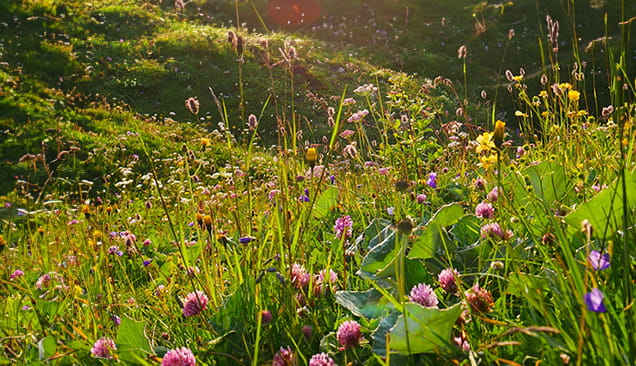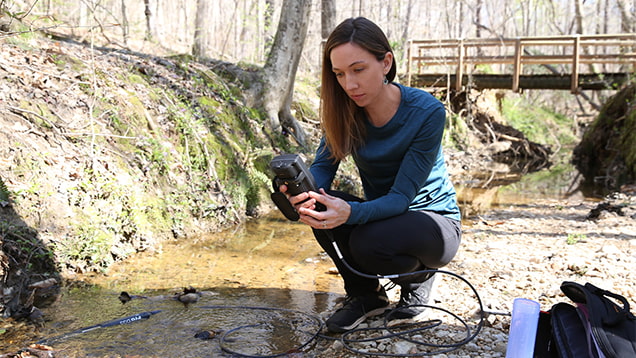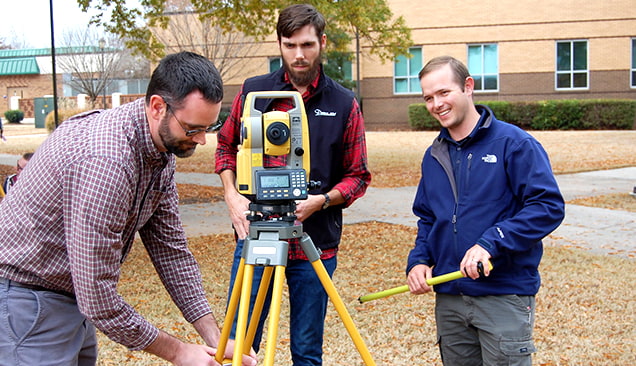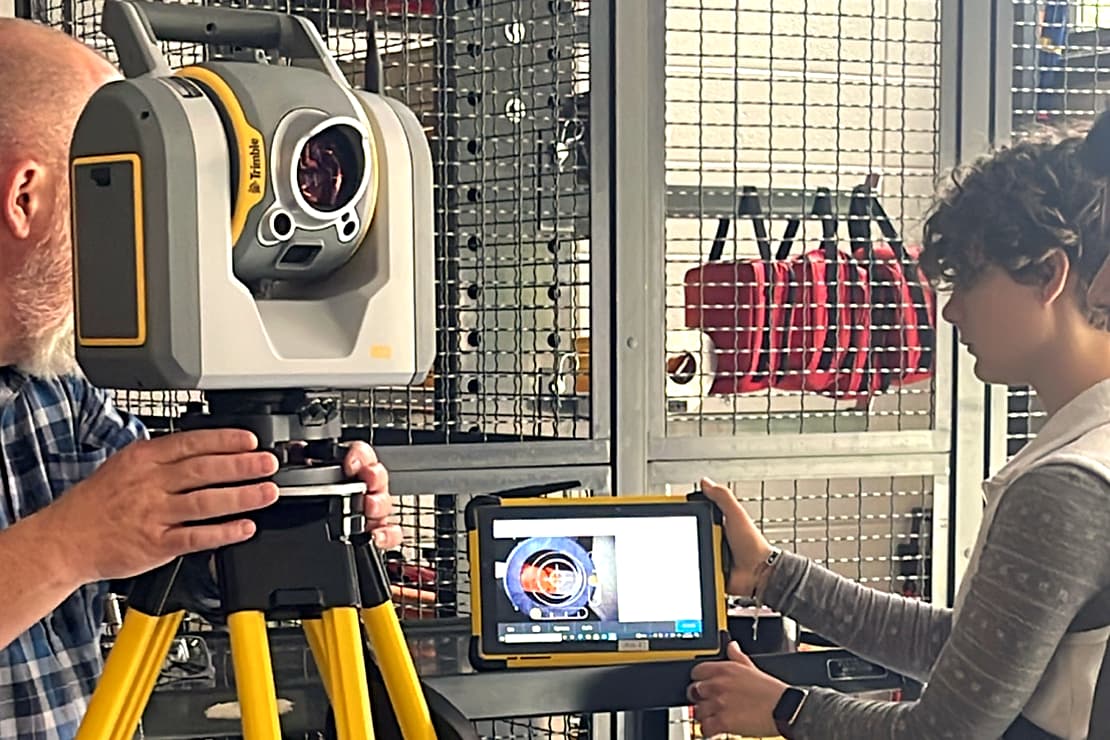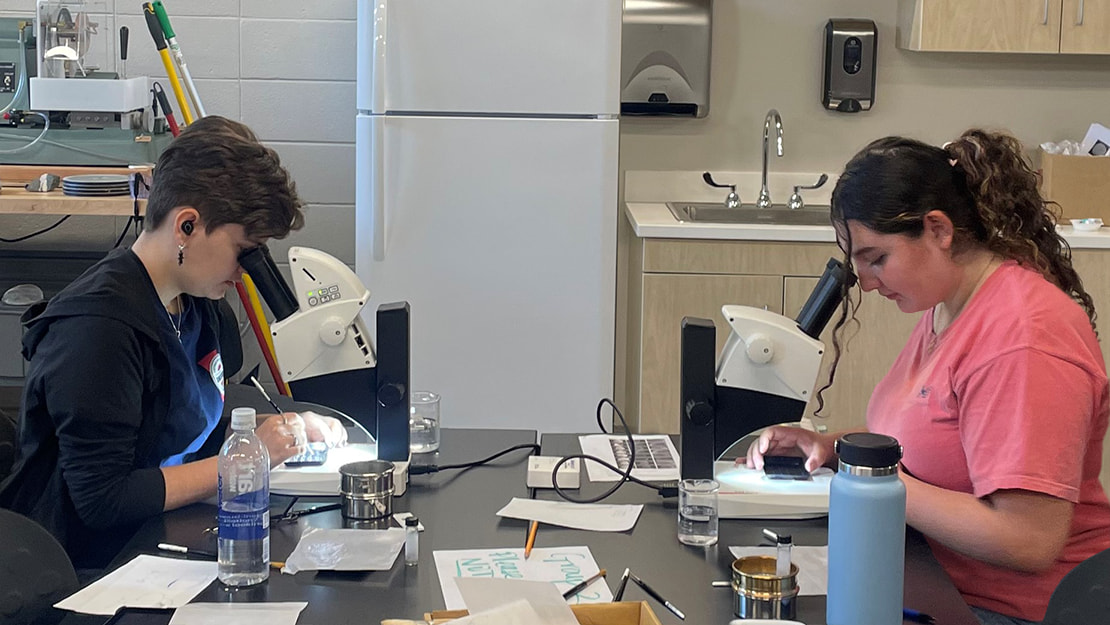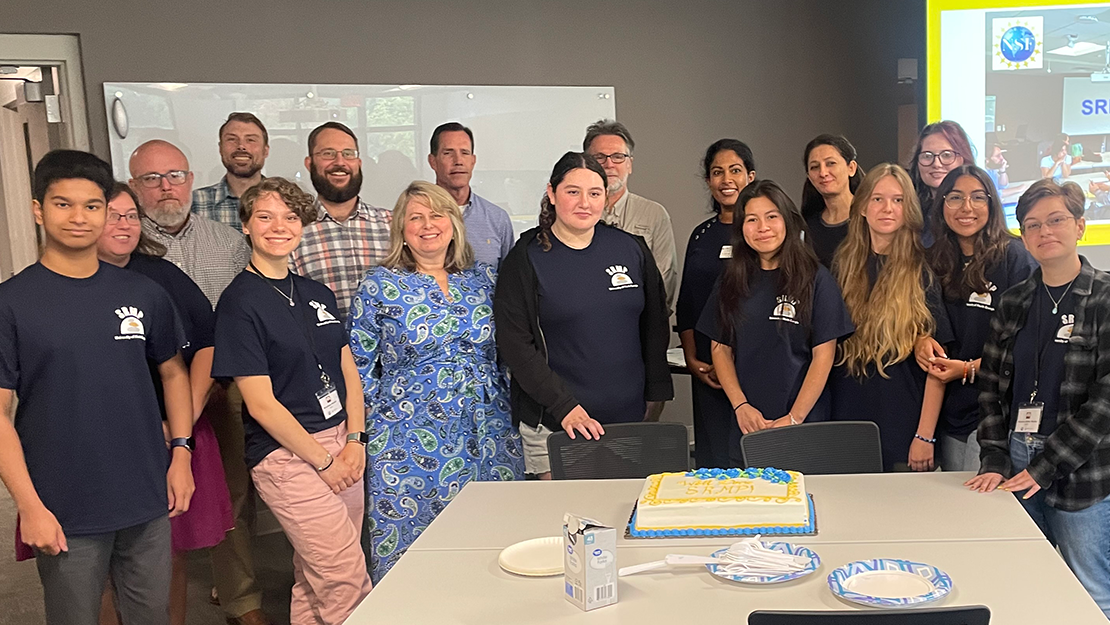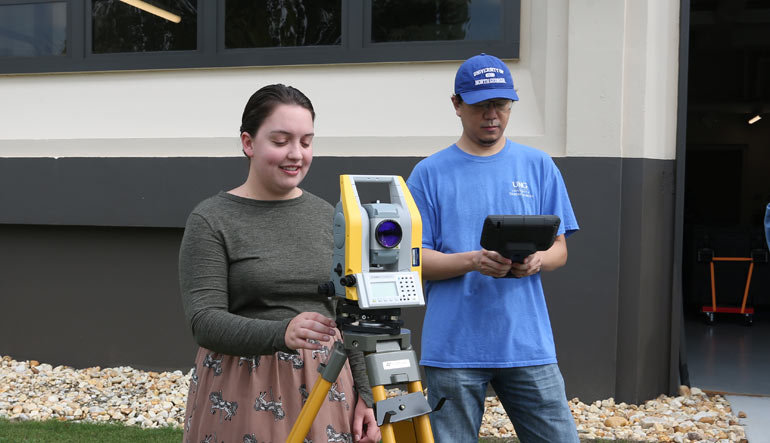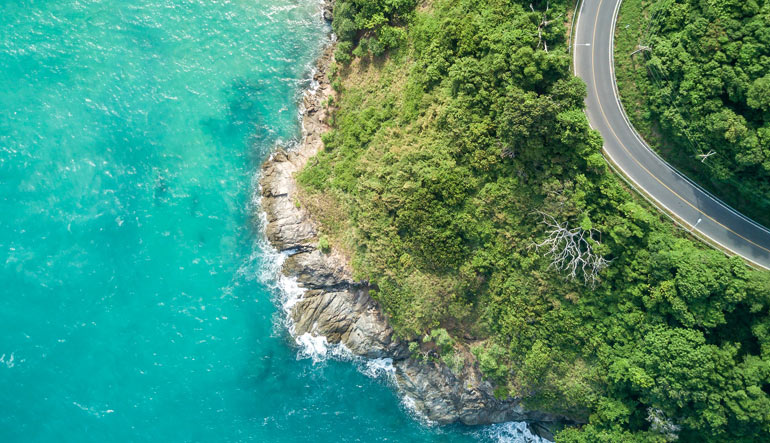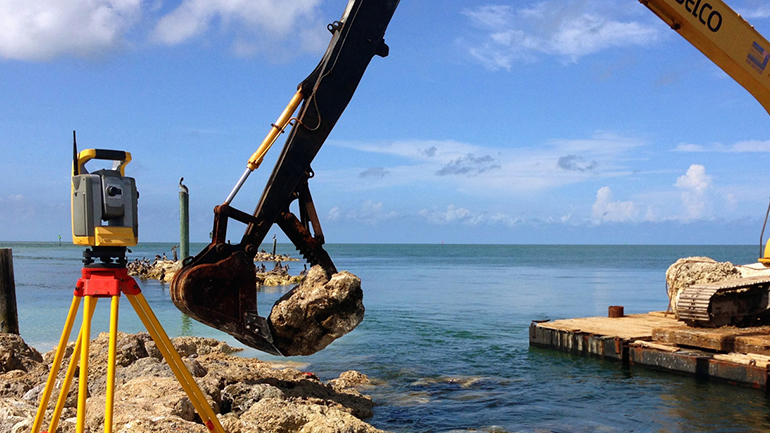Geopaths Mentorship Program
The Shadowing Research and Mentorship Program (SRMP) aims to provide an opportunity for high school students to be exposed to geoscience research projects with faculty at UNG. Nine high school students each year will be eligible to apply for a summer shadowing program held for two weeks at UNG during Summer 2023 and Summer 2024.
This program aims to expose high school students to geoscience applications in the real world with an emphasis on an inclusive approach for students with disabilities, English learners, and first-generation students. Students will receive up to a maximum of $700 stipend upon successful completion of the program. Stipends will be calculated based on the completion of daily online and in-person activities and assignments.
Participation Dates:

The National Science Foundation
IUSE: GEOPAths-IN project
2021-2024 (Ongoing)
Grant Project Number:
2119990
Choose a Project
These are the three projects students can choose to participate in this year.
Photos from Last Year
Projects from Last Year
Last year we had these three projects for students to choose from.
SRMP Contacts
Principal Investigator (PI)
- Katayoun Mobasher, Ph.D.
Professor of Geology and Geospatial Technology
Co-Investigators (Co-PIs)
- Adrianna Rajkumar, Ph.D.
Lecturer of Geosciences - Cristina Washell, Ed.D
Department Head, Elementary and Special Education (ESE) - Jeff Turk, Ph.D.
Dean of IESA
Personnel
- Sharon Hoffmann, Ph.D.
- Jake McDonald, Ph.D.
- Chris Seminack, Ph.D.
- Steve Fleming, Ph.D.
- Tom Diggs, Ph.D.
- Sudhanshu Panda, Ph.D.
- Leilei Duran, Ph.D.
- Dale Caldwell
- Matthew Palmer
